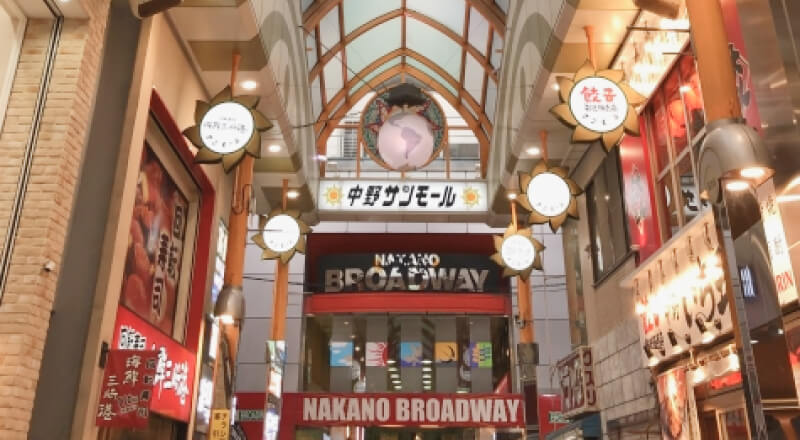
Tokyo was ranked No.1 by Conde Nast Traveler “The Best Cities in the World” in 2018 and many other surveys show more people are now interested in traveling to Tokyo. Upcoming 2020 Tokyo Olympics will surely add further value to this city.
However, Tokyo is far away from the cities in the Western Hemisphere and can be seen somewhat wrapped in mystery.
We are pleased to list 15 travel tips you had better know before you leave for Tokyo, one of the most exciting cities in the world!
About Us
Tokyo Great Cycling Tour is the cycling tour operator offering guided bike tour in Tokyo since 2006.
Table of Contents
- 1: Basement Floor of Department Stores (Depa-Chika)
- 2: Antenna Shops of Local Japan
- 3: Shopping Discerning Goods
- 4: Tax Free Shopping
- 5: JR Pass
- 6: Subway
- 7: Bus
- 8: Taxi
- 9: SIM
- 10: Wi-Fi
- 11: Apps
- 11-1: DiG JAPAN!
- 11-2: Time Out Tokyo
- 11-3: Good Luck Trip Japan
- 11-4: Other useful apps
- 12: On Escalators
- 13: Trains/Subways in the Morning/Evening
- 14: Dealing with Garbage
- 15: Tipping
Let’s enjoy shopping in Tokyo! – Shopping Tips
Like other big metropolitan cities, you can find many first class brand shops on the high streets in such areas as Ginza, Shinjuku and Shibuya of Tokyo.
However, we would highly recommend you go shopping unique goods at unique venues that you can hardly experience in other cities or countries.
Basement Floor of Department Stores (Depa-Chika)

In major districts in Tokyo, there are many major department stores such as Mitsukoshi, Takashimaya, Isetan, Matsuya, Tokyu, Seibu, Hankyu and so forth.
Although the brands and goods they are dealing with from the ground floor to the upper slightly vary, all of these department stores sell anything relative to gastronomy in the entire basement floor i.e. you can find any food ranging from sushi, yakitori, bento boxes to sweets, fruits and liquors.
The basement floor of department stores is called “Depa-Chika” in Japanese and most of Depa-Chika have tasting corners where you can enjoy such foods and drinks as fruits, dumplings, sweets, sake, tea and so on for free of charge.
The business hours of the department stores are normally from 10am to 7-8pm but around 6pm or after the shops in Depa-Chika start discounting some of cooked foods to sell out within the day where you may find good deals!
Antenna Shops of Local Japan
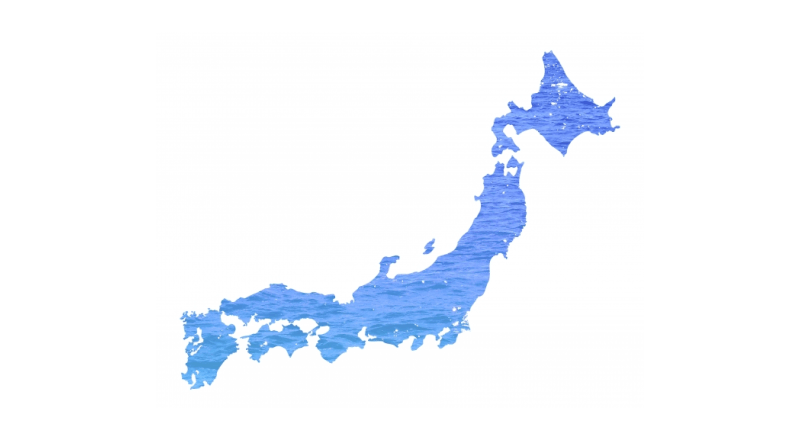
On the long Japanese archipelago from Hokkaido in north to Okinawa in south, there are 47 prefectures, each of them has a quite wide range of special products brought up in different nature, climate and culture including seafood, agricultural products and crafts.
Since it is impossible for you to visit all of the countryside in Japan during the short stay, to visit antenna shops of each individual Japanese prefectures and areas while you are in Tokyo can be great!
There are as many as 58 antenna shops mainly in Nihonbashi, Kyobashi, Ginza and Shinbashi areas in Tokyo representing the prefectures and areas dealing with their unique foods, Sake and crafts as showcases in this metropolis.
If you visit these antenna shops, you can not only enjoy shopping and tasting local specialties, but obtain tourist information onto places to visit in the prefectures and areas for the next time.
Shopping Discerning Goods

There are number of areas in Tokyo dealing with wide ranging unique products.
For example, in Kappabashi near by Asakusa, there are approximately 200 shops on both sides of the 800m main street dealing with literally anything relative to kitchens and restaurants of any kind with rather reasonable prices.
The products you find here are from knives, glasses, cups, plates to food samples made of plastic, cooking costumes, signs and so on.
Others areas for special products are:-
- Akihabara for appliances and anime related things;
- Nakano Broadway for costume play or Cos-Pre, figures and so on;
- Nippori and Kamata for anything relative to sewing ranging from buttons, cloth, curtains to scissors, yarns, needle, embroidery patches and so on; and, Toyosu and Ame-Yoko in Ueno for fish and fish related products.
Tax Free Shopping

Everything to be consumed in Japan bears 8% of consumption tax and the rate is going to be increased in October, 2019 to 10%.
However, non-residents can enjoy tax-free shopping of general non-consumable products such as appliances, shoes, jewelries, watches, clothes, cameras and so on.
Furthermore, if non-residents declare they will be leaving Japan within 30 days, they can purchase such consumables as foods, alcoholic/non-alcoholic beverages, medicines and so on free of tax.
Besides shops outside the passport control at the airports, there are more than 12,000 tax free shops in downtown Tokyo where you can get tax exemption instantly by showing the passports and the homeward tickets.
Let’s experience public transportations in Tokyo! – Transportation Tips
The Central District in Tokyo may be way smaller in size than you may think it is and such distinctive areas that you may get interested as Shinjuku, Shibuya, Roppongi, Ginza, Nihombashi and so on are rather easy to visit by public transportation (although less enjoyable than bicycles, we believe;-).
And the trains and buses in Tokyo are very punctual, safe and clean. So why not trying the public transportation in Tokyo?!
JR Pass

If you plan to visit several cities and places in Japan other than Tokyo by using JR including Shinkansen bullet train, you will enjoy substantial saving in your budget by purchasing JR Pass or the Japan Rail Pass before you leave your home.
JR Pass is a multi-use all-you-can-ride discounted rail ticket. It gives you unlimited access to all Japan Rail National trains, as well as JR bus services, ferry services, and airport transfers for 7 days, 14 days or 21 days.
For more details, please visit: website of Japan Rail Pass.
While the JR Pass is valid, you can aboard JR train connecting major districts in Tokyo free of additional charge.
Subway

While JR has been developed on surface, Tokyo’s subway network is more robust and convenient in the central Tokyo.
Although you can buy single trip tickets each time, to purchase SUICA or PASMO (equivalent to OYSTER in London or OCTOPASS in Hong Kong) is highly recommended to be free from preparing changes to buy and fare settlements in transfer and so forth.
SUICA/PASMO are available in major JR and subway stations with 500 yen deposit.
Subway in Tokyo is not running 24 hours a day. It normally ends service around midnight and resumes 5-6 am, so don’t drink too much till late!
JR Pass is NOT valid for subway.
Bus

There are many companies operating bus services in the central Tokyo such as TOEI (Tokyo Met Gov’t), JR and others.
Although JR Pass is valid for JR, its bus network in the central Tokyo is not so robust and convenient compared to long-range services.
When you started to get a land intuition in Tokyo, it should be very interesting in travelling by bus.
You can use SUICA/PASMO for all the buses in Tokyo as far as enough amount is charged in the card.
Taxi

Taxis in Tokyo have been changed a lot in terms both of inside and out.
Starting with the outside, until recently most taxis in Tokyo were sedan type cars with maximum 4 passengers. Now substantial number of those have been replaced by London cab shaped ones with max 5 pax and more suitable for big and lengthy baggage. In addition, you can call larger taxis with 7 pax on reservation and with minimal extra cost.
Talking about the inside, most taxis have now become equipped with car navigation guiding systems, drive recorders and even on-line translation services and so on for better convenience and security of the passengers. As the matter of course, major credit cards are now accepted by virtually all taxi drivers.
Let’s get wired in Tokyo! – Internet Tips
SNS and smart devices having become widespread, what is indispensable for overseas travel is a means of communication connected to the local Internet.
In Japan, you can find various services responding to the rapid increase in the tourists’ requirement as follows.
SIM

You can buy SIM cards for your SIM-free phones at major appliance stores such as Yodobashi Camera, BIC Camera and Yamada Denki and some major convenience stores in Tokyo.
There are number of SIM cards available and you should choose the one that best suits your required communication speed, communication volume and available period, while the price starts at about 3,000 yen for 100MB/day for 7 days.
Wi-Fi

If you don’t need internet so much in Japan, to register Free Wi-Fi spot can be an idea. Once registered, they can be free of charge and you can find spots everywhere in major cities in Japan headed by Tokyo, Kyoto and Osaka.
However, for those who want to get wired anywhere in Japan throughout your stay, the Pocket Wi-Fi is the one for multiple devices such as smartphones, tablets and PCs. The Internet environment can be shared by multiple people and many providers offer a fixed amount for large-capacity communication.
You had better apply for a reservation through the website of each provider of pocket Wi-Fi so that you can pick it up at the airport without delay.
Apps

A survey conducted by the Japan Tourism Agency a couple of years ago revealed that approximately 70% international travelers to Japan raised their “smartphones” as a useful travel information source during their stay in Japan.
The app is a reassuring ally for travelers who use their smartphones to find routes to tourist spots and destinations while in Japan.
As such we would like to introduce some of popular applications for foreign tourists visiting Japan as below.
DiG JAPAN!
DiG JAPAN! is a tourist app for foreign visitors to Japan that allows you to search for sightseeing spots and restaurants all over Japan. The biggest feature of this app is to be able to check the guide route to the destination and the tourist information even offline without a communication environment i.e. even if you don’t have pocket Wi-Fi, you can use this app to check the tourist information out.
Time Out Tokyo
Time Out Tokyo is a Tokyo version of “Time Out” that has been developed around the world as a long-established magazine from London. You can search for museums and historical buildings near your current location and find out how to get to your destination.
In addition, when you register as a favorite, the route to the destination is automatically displayed in order of proximity. This makes it easier to schedule a day. This is useful when you have a lot of sightseeing spots you want to see and you don’t know where to go.
Good Luck Trip Japan
Good Luck Trip Japan is a free online magazine updated almost every day providing you with information on sightseeing spots, gourmet information, content to solve troubles at travel destinations, Japanese performing arts and trend information.
Website of Good Luck Trip Japan
Other Useful Apps
Please also check out:-
- UrDoc for a multi-lingual medical consultation service in Japan;
- Haral Gourmet for restaurants dealing with Haral food;
- Japan Official Travel App for useful information for international travelers in English, Chinese and Korean languages.
Let’s be cool in Tokyo! – Etiquette Tips
Behave like a Roman in Rome and so do you like a Tokyo-jin in Tokyo.
On Escalators
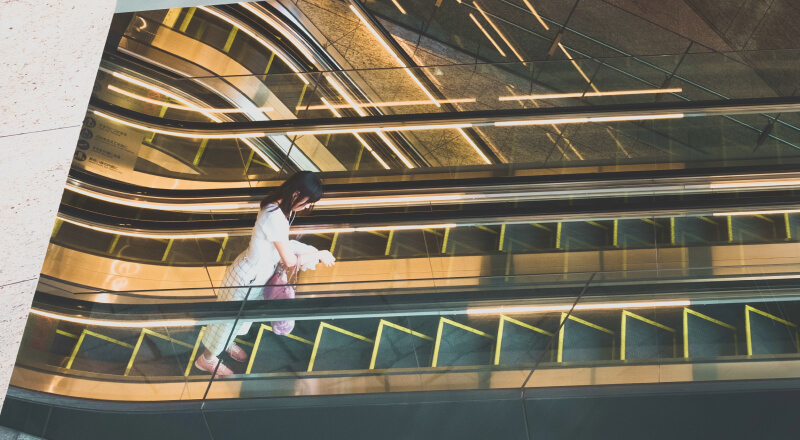
Tokyo-jin or Tokyo people seem to be very busy. For example, Tokyo people’s walking speed is believed to be the fastest or runner-up in Japan competing against those in Osaka.
On the escalators in the train/subway stations and office buildings in rush hours, you had better stay on the left hand side so that you let busy businessmen run through on the right hand side of the escalators. The side to stay on the escalators changes to the right in Kansai areas such as Kyoto, Osaka and Kobe.
Trains/Subways in the Morning/Evening
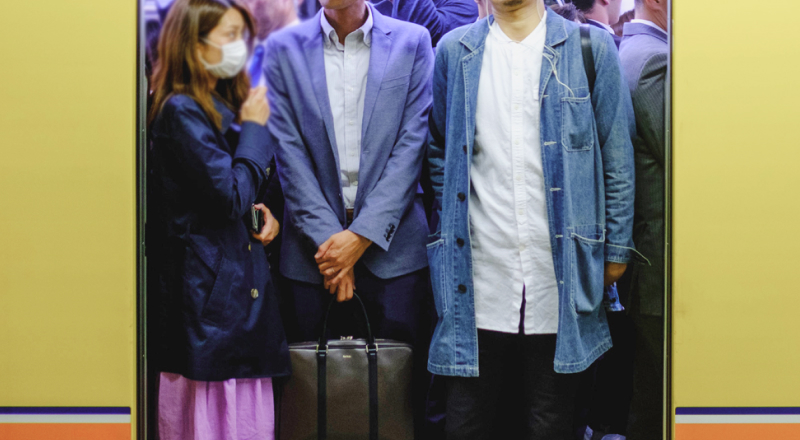
The trains and subways in rush hours on weekdays are extremely packed. So you had better avoid using them with big baggage and/or children around 7:30-9 am and 5:30-6:30 pm in the central Tokyo on the weekdays.
However, if you have to, you had better be aware of the followings.
Subway companies in Tokyo provide women-only vehicles in the rush hours on weekdays in order to prevent potential crimes by the molesters. Irrespective of any vehicle you take, please be careful not to be mistaken for molesting.
Furthermore, in the packed vehicles, phone calls are prohibited and please put your large luggage and backpack on the shelf and turn the small backpack forward.
Dealing with Garbage
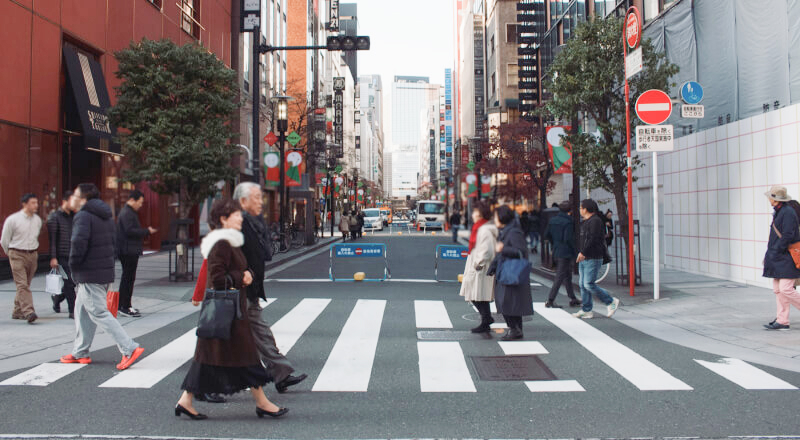
Many foreign tourists coming to Tokyo for the first time are surprised by the fact that, in Tokyo, virtually no trash has fallen on the streets, while there are almost no trash cans installed at the stations or the parks.
In Japan, taking trash home or “make a place more beautiful than when you came” is thoroughly educated in their childhood.
Your cooperation to keep Tokyo clean and get the trash recycled should be highly appreciated.
Tipping

In Japan, the tipping habit has been abolished and some upper class restaurants and hotels collect the equivalent in the form of service charges. Old guidebooks may introduce the conventions for “tea fee” or “minding” that can be found at inns but it is not common now.
The only exception may be the “tip toilet”, a public toilet asking users some money for the usage. They are found in tourist areas in the mountain areas. This is due to the fact that enormous expenses are required for waste disposal and environmental protection.
The best way to explore Tokyo
In summary, for the first time travelers to Tokyo, the first and the best thing to do in this city may be to take a nice bicycle tour like Tokyo Great Cycling Tour. The tour covers not only famous tourist spots but hidden gems that you may never found by yourselves or by bus tours or alike.
While enjoying pottering in Tokyo with friendly guides, blowing in breeze under blue sky, you will learn most of the foregoing tips and many more.
Your smile is the biggest tip for our guides for sure! The company now offers kayaking tours and cooking classes as well.
Related article
22 Top Things to Do in Tokyo Listed by TripAdvisor’s 5-Rating Japanese Tour Operator
